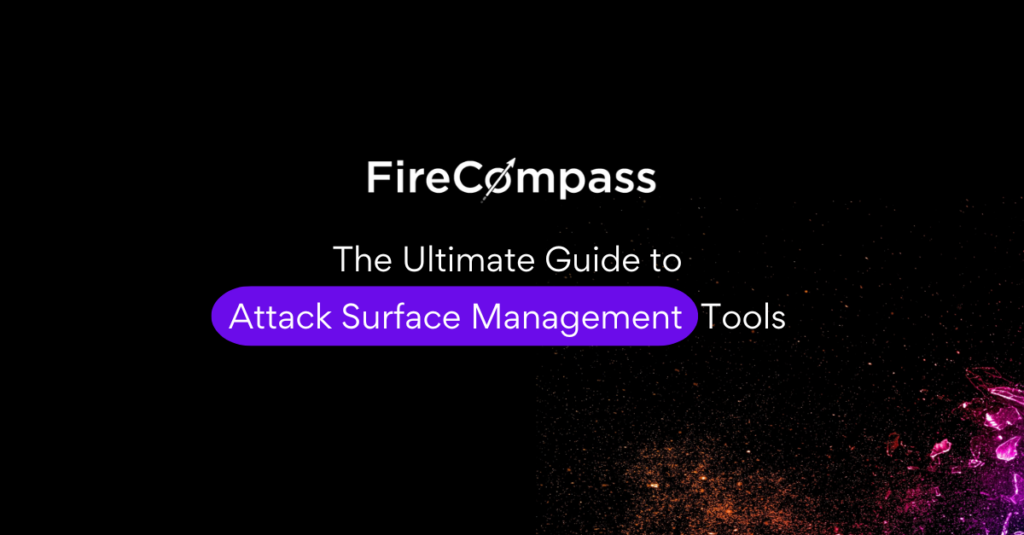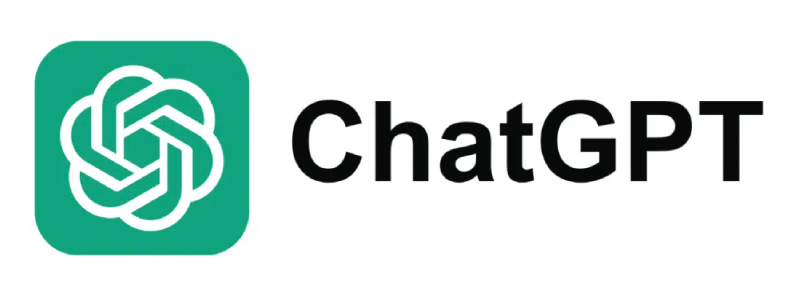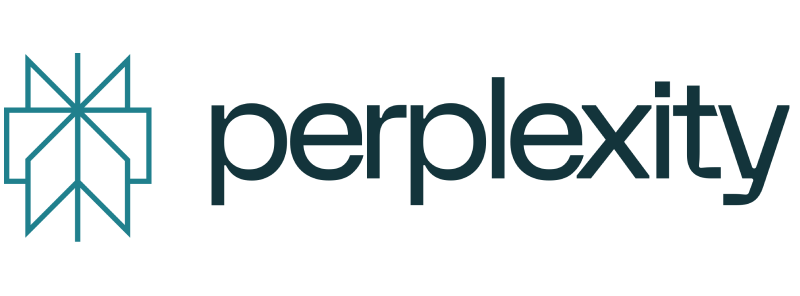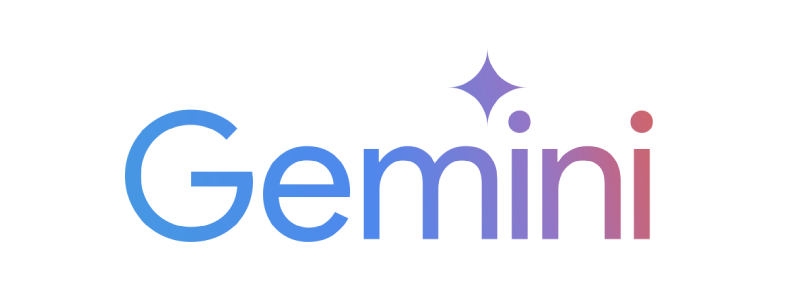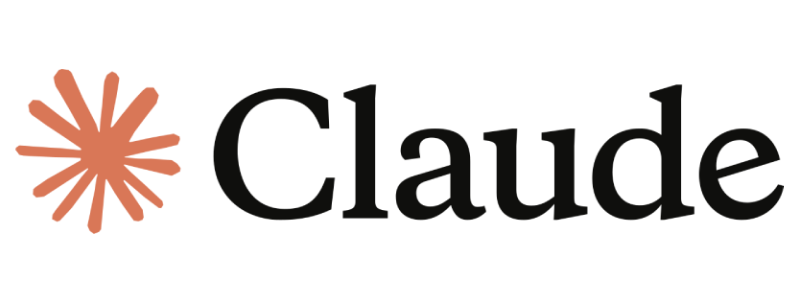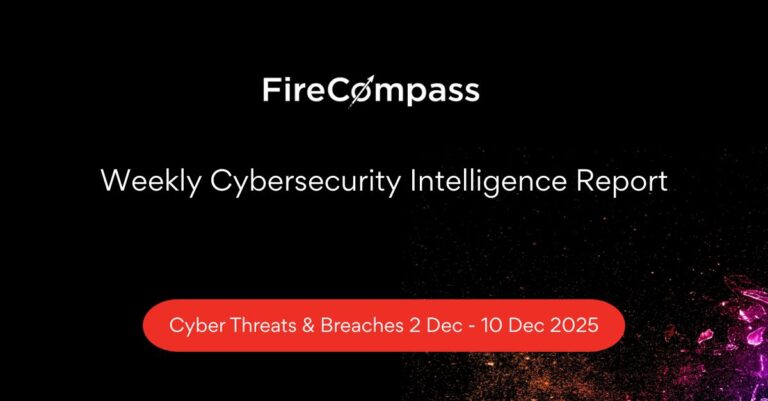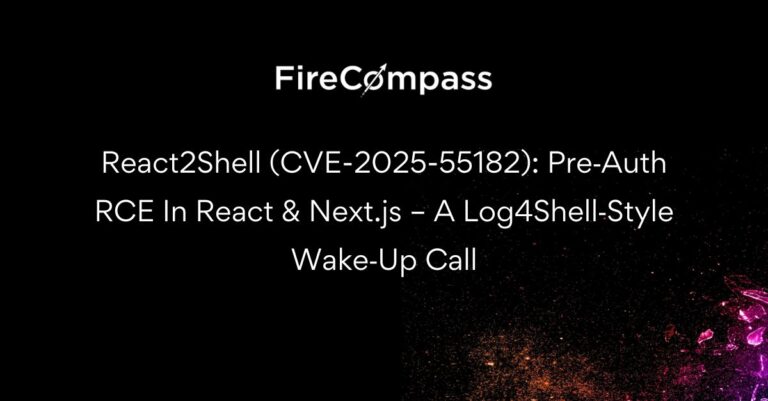Looking to strengthen your organization’s cybersecurity? You’re in the right place. I’ve put together a comprehensive guide to the top 20 Attack Surface Management (ASM) tools that are making waves in 2025. Whether you’re a seasoned security professional or just getting started with ASM, this guide will help you understand your options.
Quick Navigation
Let’s start with a quick list of all the tools we’ll cover before diving into the details:
- FireCompass
- Intruder
- Detectify
- CrowdStrike Falcon
- Trend Vision One
- Darktrace
- Qualys CSAM
- CyCognito
- Tenable ASM
- SentinelOne Singularity
- Wiz
- Mandiant Advantage
- UpGuard
- Palo Alto Networks
- WithSecure ASM
- CTM360 HackerView
- IBM Security Randori
- Scrut Automation
- Risk-based Vulnerability Management
- Cyber Asset Management
Detailed Reviews
1. FireCompass
Looking for an ASM powerhouse? FireCompass should be at the top of your list. What sets us apart is the continuous, automated approach to discovering exposed assets. Think of it as having a team of security experts working 24/7 to spot vulnerabilities before the bad guys do. The interface is surprisingly user-friendly despite its powerful capabilities, making it perfect for both security veterans and newcomers alike. Check out our main website for a deeper dive into our feature set.
2. Intruder
If you’re running a medium-sized business, Intruder might be your new best friend. It’s like having a security guard that never sleeps, constantly scanning your digital landscape for weak spots. What I love about Intruder is how it cuts through the noise – instead of drowning you in alerts, it helps you focus on what really matters.
3. Detectify
Web developers, this one’s for you! Detectify is basically your security-savvy coding buddy. It’s particularly awesome if you’re working with dynamic web applications that need frequent security checks. The tool automates vulnerability scanning and provides super detailed reports that actually make sense.
4. CrowdStrike Falcon
CrowdStrike Falcon is like having a crystal ball for cyber threats. Its real-time monitoring capabilities are seriously impressive, and it uses machine learning to help you figure out which threats need your attention first. It’s particularly good at playing nice with other security tools you might already have.
5. Trend Vision One
Trend Vision One combines advanced threat detection with comprehensive cloud environment monitoring. It stands out for its real-time identification of vulnerabilities and misconfigurations. The platform integrates well with existing security tools and takes a risk-based approach to help teams prioritize their remediation efforts.
6. Darktrace
Darktrace uses AI for threat detection and response. Its ASM features help visualize digital assets while identifying vulnerabilities in real-time. The platform’s machine learning algorithms adapt to new threats, making it particularly effective for organizations dealing with evolving security challenges.
7. Qualys CSAM
Qualys CSAM offers comprehensive vulnerability management across both cloud and on-premises systems. It provides continuous asset visibility and helps organizations prioritize vulnerabilities based on risk levels. The platform is particularly strong in compliance management and reporting capabilities.
8. CyCognito
CyCognito focuses on finding attack vectors that traditional security tools might miss. It provides continuous monitoring of external attack surfaces and helps identify vulnerabilities across various digital assets. The platform is particularly good at helping organizations understand their security gaps from an attacker’s perspective.
9. Tenable ASM
Tenable’s platform excels at identifying and managing vulnerabilities across digital environments. It helps teams spot misconfigurations and outdated software while providing risk-based prioritization. The tool is particularly effective for organizations looking to maintain continuous visibility of their attack surface.
10. SentinelOne Singularity Cloud Security
This platform focuses specifically on cloud-native applications and workloads. It offers real-time threat detection and response capabilities, with particular strength in automated security processes. The solution helps streamline compliance efforts while maintaining robust security controls.
11. Wiz
Wiz specializes in cloud infrastructure protection, offering deep visibility into cloud environments. It helps identify vulnerabilities, misconfigurations, and compliance issues through automated scanning. The platform integrates well with existing workflows and provides clear prioritization of security risks.
12. Mandiant Advantage
Mandiant Advantage combines threat intelligence with incident response capabilities. It provides real-time visibility into digital assets and helps identify potential vulnerabilities. The platform’s reporting features make it easier for teams to understand and address security priorities.
13. UpGuard
UpGuard specializes in continuous monitoring and third-party risk management. The platform helps identify vulnerabilities and misconfigurations while providing compliance monitoring capabilities. Its dashboard offers clear visibility into security risks and remediation priorities.
14. Palo Alto Networks
Palo Alto Networks’ ASM solution integrates with their broader security platform. It uses advanced analytics and machine learning for risk prioritization while providing comprehensive visibility into digital assets. The tool works particularly well for organizations already using other Palo Alto Networks products.
15. WithSecure ASM
WithSecure provides a managed service approach to attack surface management. It offers continuous monitoring and immediate insights into security weaknesses, making it suitable for organizations without extensive in-house security capabilities. The platform focuses on practical, actionable intelligence.
16. CTM360 HackerView
CTM360 HackerView combines threat intelligence with vulnerability management. The platform provides real-time insights into security weaknesses and enables quick response to emerging threats. It offers a straightforward interface for managing complex security challenges.
17. IBM Security Randori
Randori uses automated reconnaissance to identify vulnerabilities across environments. It simulates real-world attacks to help teams understand their security gaps and prioritize fixes. The platform provides continuous monitoring capabilities and integrates well with existing security tools.
18. Scrut Automation
Scrut Automation combines compliance reporting with risk management capabilities. The platform automates security assessments and helps teams maintain regulatory compliance. It’s particularly useful for organizations that need to balance security with compliance requirements.
19. Risk-based Vulnerability Management
Think of RBVM as your security team’s strategic advisor. Instead of treating all vulnerabilities equally, it helps you focus your efforts where they’ll have the biggest impact. It’s like having a risk consultant who’s always up to date with the latest threats.
20. Cyber Asset Management
Last but definitely not least, CAM tools are your digital asset librarians. They keep track of everything in your digital ecosystem – from hardware to cloud resources. It’s like having a detailed map of your entire IT landscape, making it much harder for threats to slip through the cracks.
Final Thoughts
Remember, the best Attack Surface Management tool in 2025 for your organization depends on your specific needs, budget, and existing security infrastructure. If you’re just getting started, I’d recommend checking out FireCompass – our comprehensive approach and user-friendly interface make us a solid choice for organizations of any size.
Whether you’re a small business or a large enterprise, implementing a robust ASM solution is no longer optional in today’s threat landscape. Take your time to evaluate these tools, and don’t hesitate to request demos before making your decision.
Stay safe out there!


